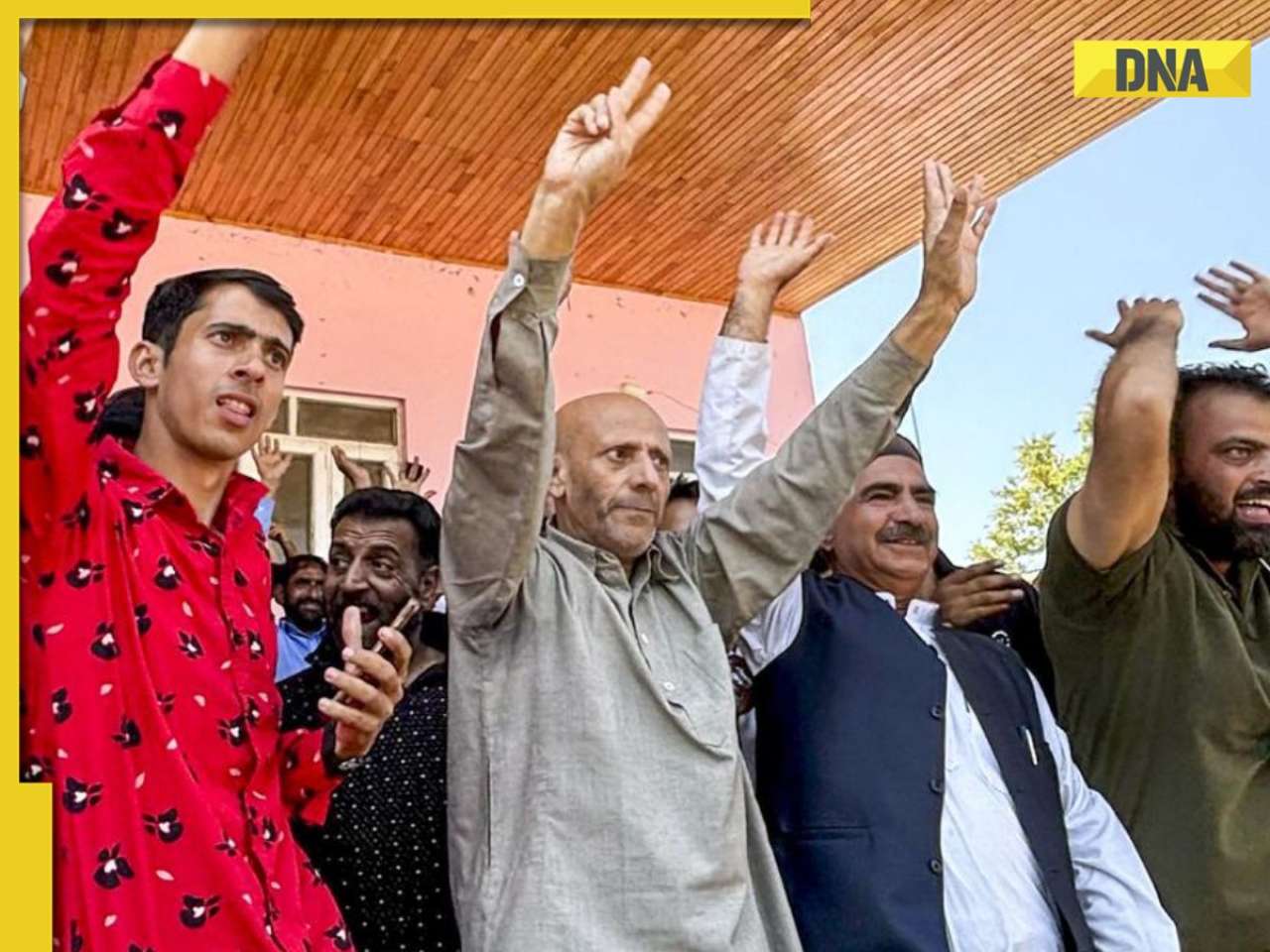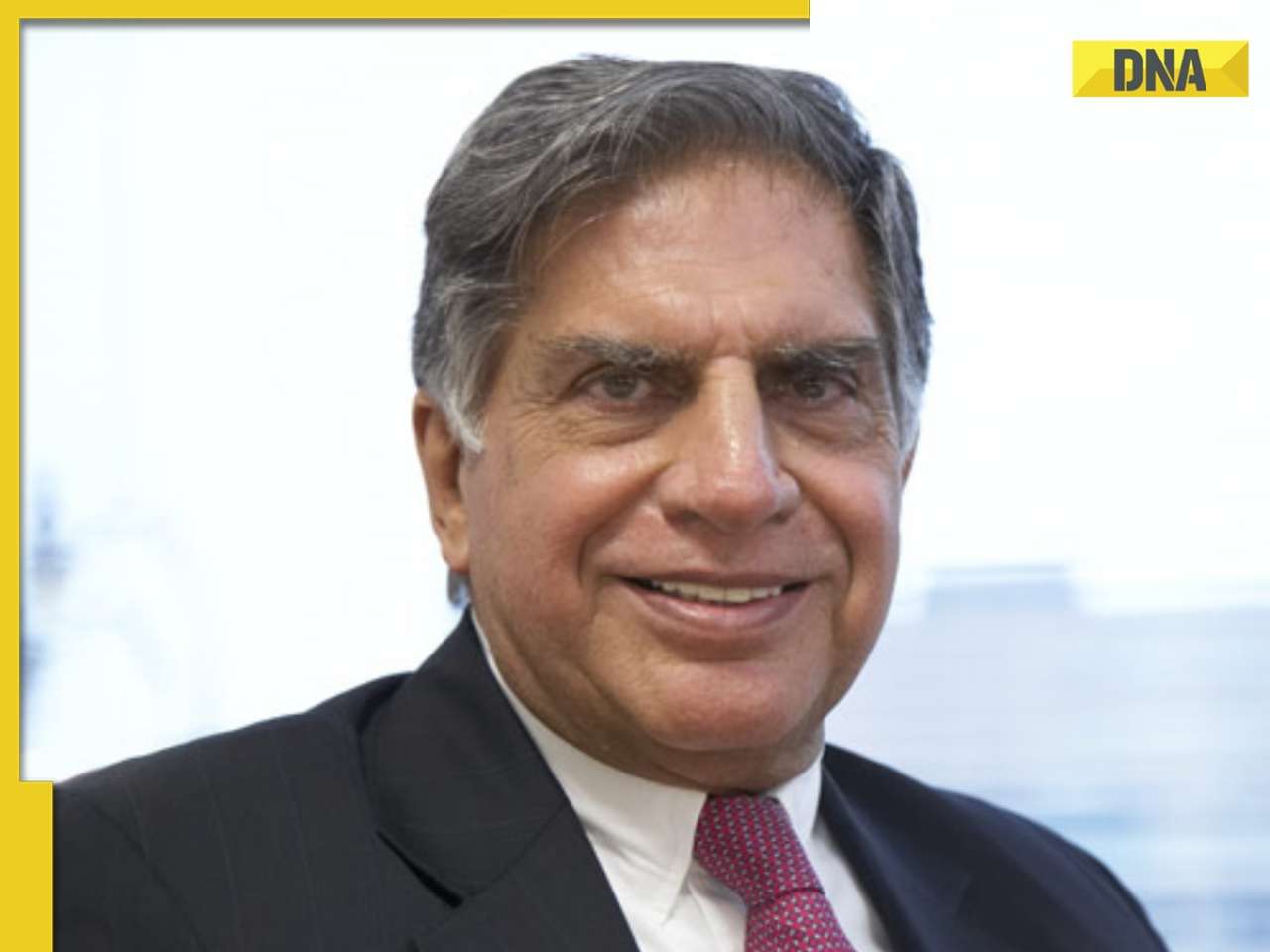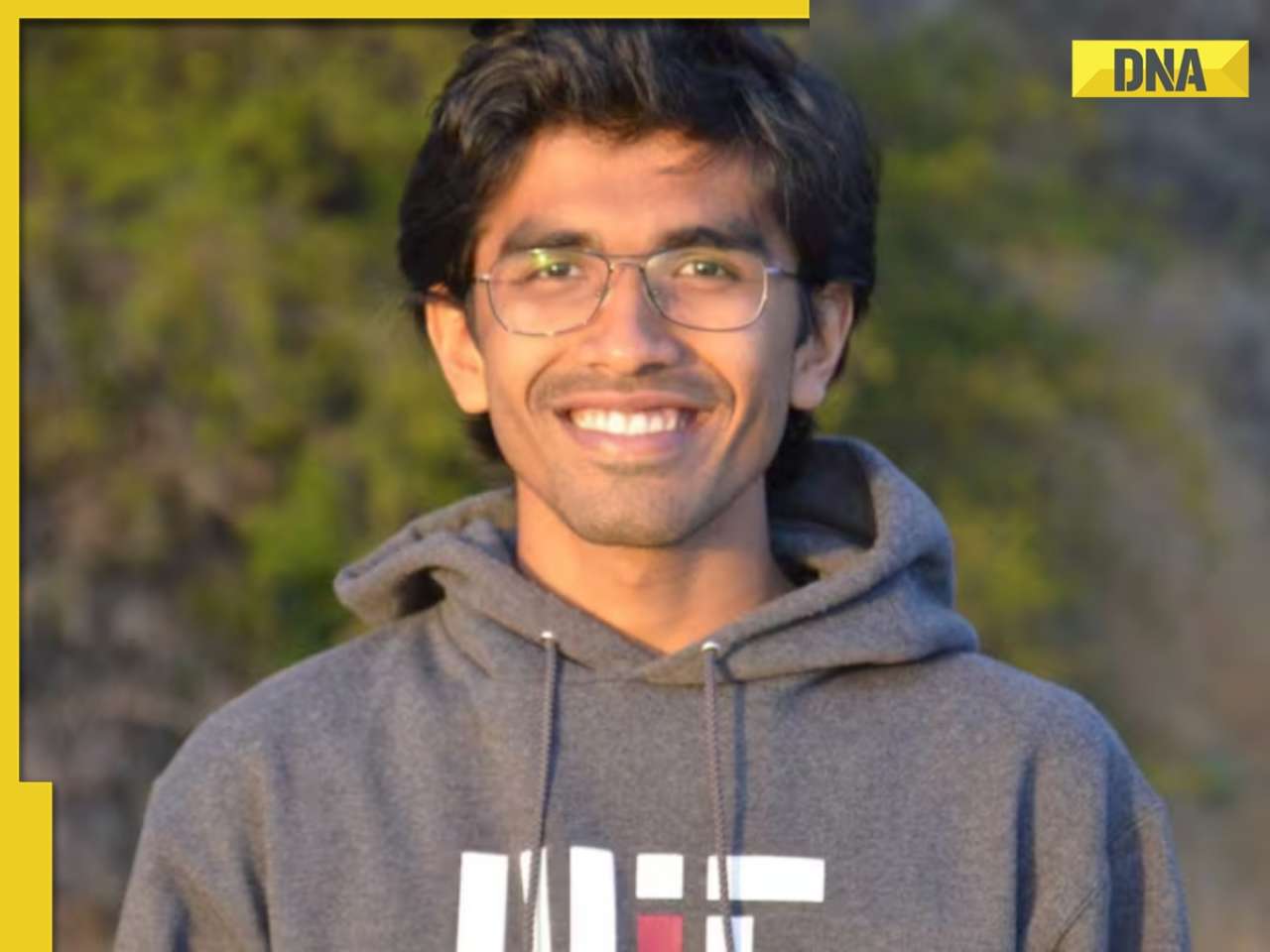With the CIA rapidly expanding its covert operations in Pakistan, and the ISI in no mood to surrender its dominant presence in the Af-Pak region, the arrest of CIA agent Raymond Davis has pushed the two intelligence agencies into an eyeball-to-eyeball confrontation.
With the CIA rapidly expanding its covert operations in Pakistan, and the ISI in no mood to surrender its dominant presence in the Af-Pak region, the arrest of CIA agent Raymond Davis has pushed the two intelligence agencies into an eyeball-to-eyeball confrontation.
The world of espionage and counter-espionage has rules of its own, with the most fundamental ones being: you don’t get caught, and you don’t get caught committing murders. These rules are even more critical if you happen to be an American spy working in Pakistan, a country seething with anti-American sentiment but headed by a pro-American government. Raymond Davis, the undercover CIA agent who faces a double murder charge in Pakistan for killing two youngsters in Lahore on January 27, broke both these rules. He is now in a Pakistani jail and the Americans are scrambling to get him out.
The US, however, has a tough job in saving him, for his arrest has acquired dimensions that the ex-Army Special Forces soldier (an elite group trained in weapons, foreign languages and cultures) may not have dreamt of when he whipped out his Glock and fired away at two young men on a motorbike. For what Davis’ arrest has achieved is to blow the lid off the scale and intensity of covert CIA operations on Pakistani soil — much of it without the knowledge or consent of the Pakistani intelligence establishment, the Inter-Services Intelligence (ISI). This is also at the heart of the turf war between the CIA and the ISI.
How many Raymonds?
Indeed, Davis’ current predicament exemplifies this conflict. US President Barack Obama has tried both threats and persuasion to get Pakistan to release Davis who, they claim, is a member of the American diplomatic mission, and hence immune from criminal prosecution under the Vienna Convention. But Pakistan’s refusal to accede to the American demand of granting diplomatic immunity to a CIA agent has already led to a diplomatic row.
Although Raymond Davis says he had killed both the boys in self-defence as they tried to rob him, some media reports say the victims were ISI operatives who had been tracking him. An ISI official has issued a statement saying that Davis had contacts in the tribal regions along the Afghanistan border and already knew both the men he killed.
Even as the Raymond Davis fiasco raged, another Raymond was caught in Peshawar. This one hadn’t even cared to renew his expired Pakistani visa. Hence, ‘Raymond’ in Pakistan has come to characterise a typical, white, trigger-happy secret agent, with a revolver in his holster and a licence to kill in his pocket.
The arrests from Lahore and Peshawar point to the scale of the American spy network in Pakistan, prompting the masses to ask: how many Raymonds stalk Pakistan? Truth to tell, thousands of Raymonds live in posh localities of the four provincial capitals of Pakistan and the federal capital.
Profusion of security contractors
According to diplomatic sources in Islamabad, the number of American security contractors working for the US military and the CIA in the region has exceeded the total strength of the US troops and CIA personnel. Furthermore, the presence of over 80,000 US military and intelligence contractors in Afghanistan and Pakistan has taken the privatisation of the war to an unprecedented level.
There have also been credible reports that Blackwater Worldwide, the private security firm (now called Xe), has been working with US Joint Special Operations Command (JSOC) on American Forward Operating Bases (FOBs) in various parts of Pakistan, including Karachi, on sensitive operations such as ‘snatch-and-grabs’ of high-value targets inside and outside Pakistan. As the American stakes became higher in Pakistan than in Afghanistan or Iraq, the strength of the US Mission in Islamabad also swelled from 280 to about 1,000, including CIA personnel, but without any agreement between the two governments.
The Davis issue comes in the wake of a major setback in Pak-US ties, when in November 2010, a US federal court issued a summons to the current head of the ISI, Lt Gen Ahmed Shuja Pasha as well as to a number of senior office-bearers of the Lashkar-e-Taiba (LeT) for their involvement in the 2008 Mumbai terror attacks. The court is hearing a law suit filed by the relatives of Gavriel Noah Holtzberg, an American Jew, who was killed along with his wife in the 26/11 attacks. The petitioners had alleged that the ISI had a role in the attacks. This episode deeply upset the Pakistani military establishment, which has often been accused by the West of backing Islamic jehadi organisations active in India and Afghanistan.
ISI blows cover of CIA station chief
On December 16, 2010, almost a month after the November 19, 2010 issuance of the summons for the ISI chief and others, the Islamabad police moved to register a murder case against the CIA station chief in Pakistan, Jonathan Banks, who was supervising the US drone campaign. The complainant in the case was Kareem Khan, a resident of the Mirali area in North Waziristan, who claimed that his son and brother were innocent civilians killed in a US drone attack on December 31, 2009.
Banks was charged with providing operational guidance for the drone hit. This was the first time since 2004, when the US launched its drone campaign in Pakistani tribal areas, that a victim of a missile strike has sought legal action against the CIA.
The Obama administration subsequently decided to withdraw Jonathan Banks from Islamabad, citing security threats. But diplomatic circles in the federal capital were of the view that the case against the CIA station chief could not have been lodged without the consent of the Pakistani establishment.
Therefore, the filing of the case against Banks was largely seen as a tit for tat move, in a battle of one-upmanship between the ISI and the CIA. The American media subsequently alleged while quoting intelligence sources that the ISI was involved in blowing the cover of the CIA station chief, especially at a time when Washington was pushing Islamabad to support the CIA’s renewed efforts target al-Qaeda and Taliban militants on the Pak-Afghan border.
American intelligence sleuths stationed in Pakistan believe that these militant organisations, many of which are backed by the ISI, are linked to anti-US elements, especially the al-Qaeda and the Taliban, both of which are quite active on either side of the Pak-Afghan border despite a decade-long American crusade against them.
The decision-makers in Washington, therefore, want a bigger US presence in Pakistan in order to pursue their strategic interests in the region, especially when an exit strategy for Afghanistan is already being chalked out. That’s why the White House decided last year to spend approximately $1 billion from its $2.4 billion War Supplemental Package for Pakistan on the construction of its new embassy in Islamabad on 18 acres of land and additional staffing of the American mission.
Bargaining chip
As expected, however, the American reinforcement plans for Pakistan created ripples in Pak army circles due to apprehensions that more and more US military and intelligence personnel would be brought to Pakistan under the cover of diplomatic assignments for covert operations. The Obama administration wants a long-term presence in the region to protect its interests, and Islamabad is an ideal place for that purpose technologically, diplomatically and personnel-wise.
And just as the Americans were trying to allay the fears of the Pakistani establishment, Raymond Davis killed two youngsters in Lahore. But worse was to follow when the American media disclosed that the arrested US national — who was in the country on a diplomatic passport — was in fact part of a covert intelligence network involving hundreds of contract spies, operating in Pakistan without the knowledge of the ISI. Therefore, the Pakistani establishment is in no mood to free Raymond Davis as it apparently wants to use him as a bargaining chip to get the withdrawal of the civil lawsuit against the ISI chief.
According to recent US media reports, some senior US military officials have warned Pakistan that once beyond a tipping point, the Pak-US face-off could be taken over by political forces that cannot be controlled. Key American military officials, including Joint Chiefs of Staff Chairman Admiral Mike Mullen and International Security Assistance Force (ISAF) commander General David Petraeus, reportedly held a daylong meeting with the Pakistani Army chief, General Ashfaq Kayani, in Oman on February 22, to plot a course out of the diplomatic crisis. The Pakistani side reportedly made it clear that any step to resolve the crisis must include the withdrawal of the civil lawsuit against the ISI chief.
Although the case against the ISI chief is a civil lawsuit, Pakistan believes that if the US is serious about getting Davis released, the American president can quash it by invoking the provision of sovereign immunity Therefore, the possibility of a clandestine settlement between the two sides on both the cases — Raymond and Pasha — can’t be ruled out.
However, many in Pakistan fear that even after the current diplomatic crisis is resolved, it would be hard for the decision-makers in Washington and Islamabad to regain the lost buoyancy, primarily because their respective military and intelligence establishments are moving towards conflicting goals, with each trying to ensure that it becomes the dominant influence in Afghanistan after the war stops.
![submenu-img]() J-K Assembly Polls: Engineer Rashid's AIP, ex-Jamaat members form alliance
J-K Assembly Polls: Engineer Rashid's AIP, ex-Jamaat members form alliance![submenu-img]() Ishan Kishan likely to get picked for Bangladesh T20Is if....
Ishan Kishan likely to get picked for Bangladesh T20Is if....![submenu-img]() Ratan Tata's company earned Rs 23427 crore in 5 days after...
Ratan Tata's company earned Rs 23427 crore in 5 days after...![submenu-img]() GNSS: Here's how India’s new GPS-based toll system will change your highway travel
GNSS: Here's how India’s new GPS-based toll system will change your highway travel![submenu-img]() 'He wasn't a friend, he was very...': Former India cricketer makes bold claim about Gautam Gambhir
'He wasn't a friend, he was very...': Former India cricketer makes bold claim about Gautam Gambhir![submenu-img]() US: ‘मैं कभी भी सरेंडर नहीं करूंगा', गोल्फ क्लब के बाहर हुई गोलीबारी पर आया ट्रंप का रिएक्शन
US: ‘मैं कभी भी सरेंडर नहीं करूंगा', गोल्फ क्लब के बाहर हुई गोलीबारी पर आया ट्रंप का रिएक्शन![submenu-img]() Aaj Ka Mausam: UP-Bihar में जमकर बरसेंगे बादल, Delhi-NCR में बारिश की संभावना कम, पढ़ें IMD अलर्ट
Aaj Ka Mausam: UP-Bihar में जमकर बरसेंगे बादल, Delhi-NCR में बारिश की संभावना कम, पढ़ें IMD अलर्ट ![submenu-img]() 'ह�िंदू समाज देश का कर्ता-धर्ता, सबकुछ सहने को तैयार', जानें RSS चीफ मोहन भागवत ने ऐसा क्यों कहा
'ह�िंदू समाज देश का कर्ता-धर्ता, सबकुछ सहने को तैयार', जानें RSS चीफ मोहन भागवत ने ऐसा क्यों कहा![submenu-img]() Maharashtra News: 5 साल की बच्ची ने किया बिस्तर गीला, सौतेली मां ने गर्म चम्मच से जलाया, हुई गिरफ्तार
Maharashtra News: 5 साल की बच्ची ने किया बिस्तर गीला, सौतेली मां ने गर्म चम्मच से जलाया, हुई गिरफ्तार ![submenu-img]() Arvind Kejriwal के इस्तीफे के पीछे है मास्टर प्लान, दिल्ली में समय से पहले होंगे चुनाव?
Arvind Kejriwal के इस्तीफे के पीछे है मास्टर प्लान, दिल्ली में समय से पहले होंगे चुनाव?![submenu-img]() Ford to return to India after 2 years with reopening of....
Ford to return to India after 2 years with reopening of....![submenu-img]() Maruti Suzuki launches new Swift CNG, check price, mileage, other features
Maruti Suzuki launches new Swift CNG, check price, mileage, other features![submenu-img]() ‘30 LPA, 3BHK, no in-laws’: Woman earning Rs 1.32 lakh salary lists demands for future husband, netizens say...
‘30 LPA, 3BHK, no in-laws’: Woman earning Rs 1.32 lakh salary lists demands for future husband, netizens say...![submenu-img]() In a big EV push, Centre launches Rs 10900 crore PM E-Drive scheme to replace…
In a big EV push, Centre launches Rs 10900 crore PM E-Drive scheme to replace…![submenu-img]() World’s longest car has helipad, swimming pool, mini-golf course, can seat over…; it cost…
World’s longest car has helipad, swimming pool, mini-golf course, can seat over…; it cost…![submenu-img]() Meet woman, daughter of vegetable vendor who mortgaged mother’s jewellery to pay fees, then cracked UPSC exam with AIR…
Meet woman, daughter of vegetable vendor who mortgaged mother’s jewellery to pay fees, then cracked UPSC exam with AIR…![submenu-img]() Meet IIT-JEE topper Chirag Falor, who secured 100 percentile, didn't take admission in IIT due to...
Meet IIT-JEE topper Chirag Falor, who secured 100 percentile, didn't take admission in IIT due to...![submenu-img]() Meet man, who secured AIR 2 in JEE, studied at IIT Bombay, got gold medal in Olympiad, worked with Google, he is...
Meet man, who secured AIR 2 in JEE, studied at IIT Bombay, got gold medal in Olympiad, worked with Google, he is...![submenu-img]() NEET SS 2024: Tentative schedule out, exam likely on...
NEET SS 2024: Tentative schedule out, exam likely on...![submenu-img]() Meet man, popular online tutor who cracked UPSC in 1st attempt, resigned as IAS officer after 1 year due to…
Meet man, popular online tutor who cracked UPSC in 1st attempt, resigned as IAS officer after 1 year due to…![submenu-img]() Kolkata Doctor Case: Protesting Doctors React After CBI Arrests Sandip Ghosh And Abhijit Mondal
Kolkata Doctor Case: Protesting Doctors React After CBI Arrests Sandip Ghosh And Abhijit Mondal![submenu-img]() Nitin Gadkari: Union Minister Nitin Gadkari Reveals He Was Offered Support For PM Post But Declined
Nitin Gadkari: Union Minister Nitin Gadkari Reveals He Was Offered Support For PM Post But Declined![submenu-img]() Kolkata Doctor Case: Junior Doctors Protest For 5th Night As Talks With CM Mamata Fail Again
Kolkata Doctor Case: Junior Doctors Protest For 5th Night As Talks With CM Mamata Fail Again![submenu-img]() Muslim Sculptor Crafts Tiny Ganesh Idols On Pencil Graphite #shorts #viralvideo #ganesh
Muslim Sculptor Crafts Tiny Ganesh Idols On Pencil Graphite #shorts #viralvideo #ganesh![submenu-img]() Jaishankar: EAM Dr. S. Jaishankar On India-China Relations & Disengagement Problems | Ladakh
Jaishankar: EAM Dr. S. Jaishankar On India-China Relations & Disengagement Problems | Ladakh![submenu-img]() Ratan Tata's company earned Rs 23427 crore in 5 days after...
Ratan Tata's company earned Rs 23427 crore in 5 days after...![submenu-img]() Gautam Adani beats rivals, wins bid to supply 6600 MW of electricity to...
Gautam Adani beats rivals, wins bid to supply 6600 MW of electricity to...![submenu-img]() Meet man, who owns private jets, Rs 5000 crore house in Mumbai, not Mukesh Ambani, Ratan Tata, Adani, he is...
Meet man, who owns private jets, Rs 5000 crore house in Mumbai, not Mukesh Ambani, Ratan Tata, Adani, he is...![submenu-img]() Meet Indian who once studied under tree, lacked basic amenities, now has Rs 96960 crore net worth, is world’s richest...
Meet Indian who once studied under tree, lacked basic amenities, now has Rs 96960 crore net worth, is world’s richest...![submenu-img]() Mukesh Ambani's new move to improve margins in this business, now increases...
Mukesh Ambani's new move to improve margins in this business, now increases...![submenu-img]() WAGs of Indian cricketers and their professions
WAGs of Indian cricketers and their professions ![submenu-img]() This actress, Madhuri Dixit’s rival, starred in Yash Chopra’s ‘biggest gamble of his life’, saved him from bankruptcy
This actress, Madhuri Dixit’s rival, starred in Yash Chopra’s ‘biggest gamble of his life’, saved him from bankruptcy![submenu-img]() Meet Ludhiyana's richest man with net worth of Rs 13280 crore, he is...
Meet Ludhiyana's richest man with net worth of Rs 13280 crore, he is...![submenu-img]() Meet Ludhiana's richest man with net worth of Rs 13280 crore, he is..
Meet Ludhiana's richest man with net worth of Rs 13280 crore, he is..![submenu-img]() Meet man who once worked as a stone breaker, borrowed ration, then cracked PSC exam, now posted as...
Meet man who once worked as a stone breaker, borrowed ration, then cracked PSC exam, now posted as...![submenu-img]() J-K Assembly Polls: Engineer Rashid's AIP, ex-Jamaat members form alliance
J-K Assembly Polls: Engineer Rashid's AIP, ex-Jamaat members form alliance![submenu-img]() GNSS: Here's how India’s new GPS-based toll system will change your highway travel
GNSS: Here's how India’s new GPS-based toll system will change your highway travel![submenu-img]() Kolkata rape-murder case: RG Kar hospital ex-principal Sandip Ghosh, one SHO sent to CBI custody till...
Kolkata rape-murder case: RG Kar hospital ex-principal Sandip Ghosh, one SHO sent to CBI custody till...![submenu-img]() Nipah virus: 24-year-old succumbs to virus in Kerala, all close contacts isolated
Nipah virus: 24-year-old succumbs to virus in Kerala, all close contacts isolated![submenu-img]() After Lulu Mall, this will be India's biggest mall, spread over 28 lakh sq ft, parking for 8000 cars, to open in...
After Lulu Mall, this will be India's biggest mall, spread over 28 lakh sq ft, parking for 8000 cars, to open in...











































)
)
)
)
)
)
)
)
)
)
)
)
)
)





)
)
)
)
)
)